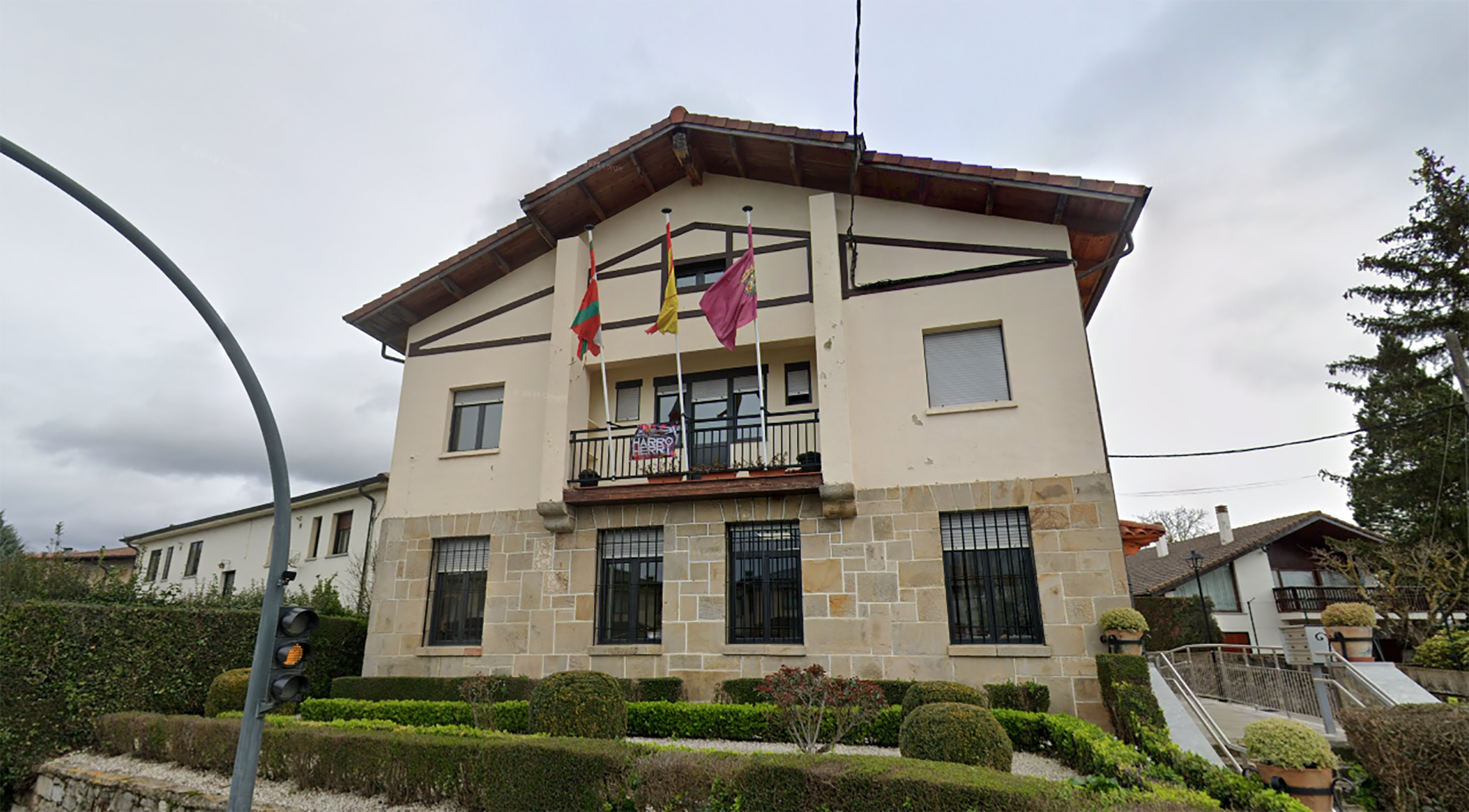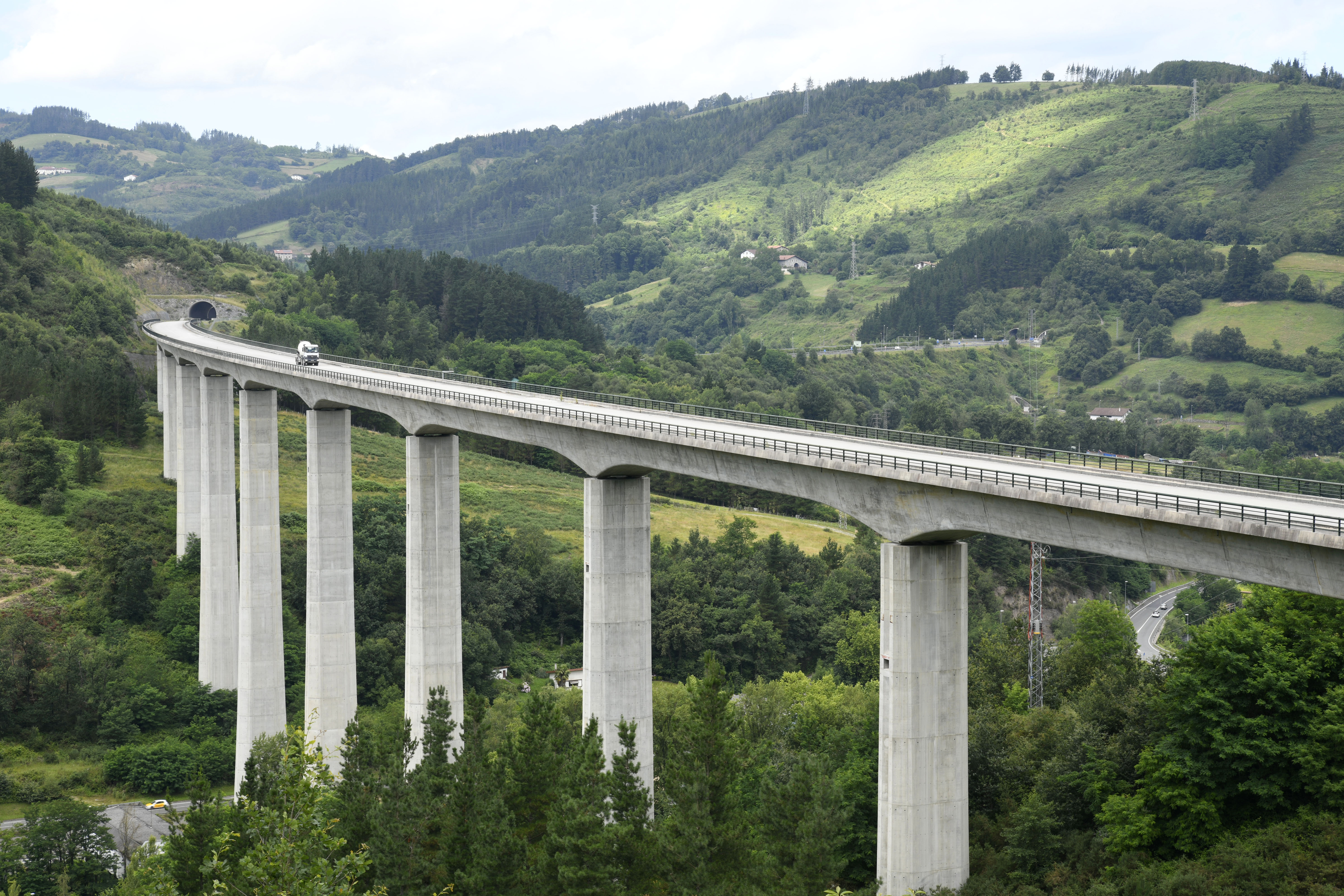Those stubborn baserritars that have resisted Tokyo airport for 50 years.
- Will the third runway of Tokyo Narita airport be released in Japan before the 2020 Olympic Games? 50 years after the authorities started the project, they are still incomplete because of the resistance of farmers who do not want to give up their land or their profession. Most of those who have surrendered because of the pressures they have suffered or because of the need for money are a few who keep the orchards alive. Surrounded by planes on the azada, a resilient teacher.
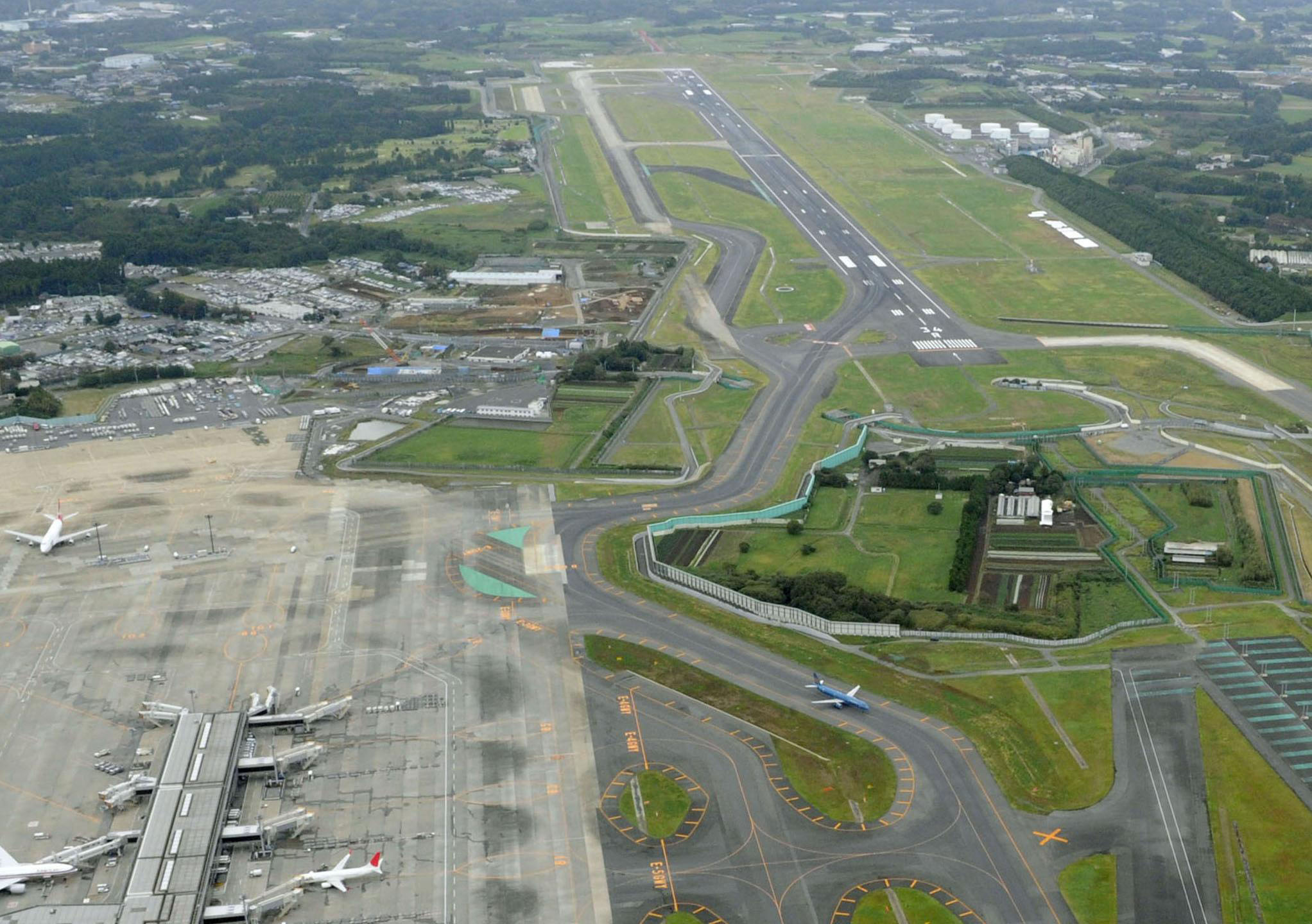
History has no pity with those who have been sidelined by the mainstream wave. Beyond the disturbances of the famous May of Paris or the California fever, 68 was also something in Japan. The Ilinites of the time are still alive in the midst of the crazy traffic at Narita airport.
Upon arriving at Tokyo airport, the passenger can see from the plane a curious panorama, as it has two runways without feet or heads, strangely localized and torpearly communicated to each other. If you look more closely, you will find in the center of the airport a few villages surrounded by airplanes, slopes, roads and fences, but labored with the same care as the most fertile farms.
The agency France Press visited the baserritars of the Narita area in May. As can be seen from photographs and videos, aircraft take off or land a few meters from small crops and greenhouses. There is no need to mention the noise it does.
“Over time you get used to it,” said the journalist, farmer Takao Shito.En, some orchards, scattered among themselves, can only be collected peas, radishes or carrots as sown by the tunnels beneath the tracks.
But, as he says, it's not in your power to choose your neighbors. “We have cultivated land since our three generations, for almost a century, grandparents, parents and now I. And I want to continue here, living and working in agriculture.” That will be the case if the Tokyo authorities are unable to eliminate the last eight landowners: they want to equip Narita with a third track that moves 40 million visitors each year before the 2020 Olympic Games and forcefully push the baserritars.
Designed in full effervescence to modernize Japan in 1966, the works were dismantled by the hard struggle of local peasants with the help of leftist movements. It was inaugurated in 1978 with only one of the three clues that were initially designed and until 2002 the authorities were unable to add the second.
Most farmers in the area received land to open the airport, but Takao Shito and seven others did not accept it, in compliance with Japanese legislation on crop protection. If he had been in the Basque Country, he would have been evicted in less than a month if it was not by the Council, the Basque Government or Madrid. On the other hand, in Tokyo, it is possible to see a route of access to the slopes at an airport making curious curves following the limits of some orchards, bordering the dwellings between the fences.
Shito has six disputes with the airport. The authorities have offered him compensation, but according to him “money is not everything. I do organic farming, no pesticides. You can't imagine that you take the layer that's on that land somewhere else and you're going to take it there the same way."
Every day he has disputes with the airport. As with Goard, he's always had some encounter with the cops that walk around. Over and over again they stop her and ask her for the identity card, even though they know her very well. But Shito tells him that he won't move from there, that he's happy to serve vegetables to his 400 partners. “This is my life. I love producing vegetables here, on this earth, they have a different taste.”
Footprints of 68 Japanese
In addition to customers and suppliers, Takao Shito has other visitors who are in favor of your fight. The journalist has found Nobuharu Ito, 71, who has been remobilized after having participated in the university struggles in Narita and having recently heard the resistance of the last baserritars: “Shito’s life, as it doesn’t put money above all… it seems to me that this excites us more than ever.”
When Nobuharu was at the University of Ito in the 1960s, the government studied more than one area to build the airport that Tokyo needed, but with the resignation of all municipalities, Narita was finally chosen, specifically the Sanrizuka area.
Narita was believed to have an advantage: Most of the lands of Sanrizuka belonged to the State, and so on. The poor people who had been abandoned by the World War had been left for rent, and the government hoped that tenants would be easily satisfied. But the poor labourers, who had no land of their own, joined the small owners who didn't want to sell their fields.
In the documentary Wages of Resistence, which explains the conflict at Narita Airport, he tells how the poor tenants were angry that the government told them “you will return that land that I left you” without any explanation. They refused to cooperate with the authorities for fear of losing everything they had achieved over the years, however poor they were.
When the police began to take men and women who defended their lands more vigorously, numerous left-wing groups, including university students, approached them. William Andrews wrote in the blog “Japanese radicalism and counterculture”: “Like many other young people of that time in the world, Japanese youth who believed that their parents accepted the slavery of capitalism and imperialism saw the possibility of reacting in the Sanrizuka conflict. This is how the most violent protests of Japanese activism took place. Six people died and hundreds were wounded and detained.”
With today’s eyes, the images of clashes between protesters and policemen in the streets of Tokyo, as in Narita, are astonishing in their dureza.La crudety of the struggle shown by the videos that can be seen from the internet version of this chronicle, one of those of the 1960s and another of 1985, is enormous.
But the challenge to the state of a handful of far-left farmers and militants could not win. Arrests, tiredness, economic offers... the mobilizations were weakening and the peasants selling land. But not all: still in 2018, the farms that Narita exhibits in her incomplete body such as craters, grains, or warts produce unchemical vegetables.
If you are left with an option, Shito wants to continue living next to Narita airport. “When the government does or says something, most people take it for granted without too many questions. But the government should also take into account the people who live here. I'd like the people of the world to know that there's a peasant in this place. People should know.”
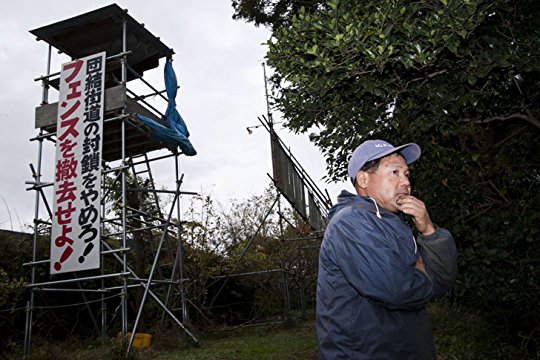
Do not look for this connection from Ezkio or Altsasu, let alone crossing the Ebro River through Castejón. The connection, or rather the connections, between the Basque Y and the AVE of Navarre is already a reality. It is these links in the plural that should concern us and... [+]
EH Bilduk galdera sorta bat erregistratu zuen Eusko Legebiltzarrean Donostiako Metroaren igarobideko lanen gainkostua argitzeko. Informazio hori atzo jakinarazi zuen Susana Garcia Chueca Mugikortasun sailburu sozialistak.
Martxoaren 19an amaitu zen proiektua aurkezteko epea, baina Errioxako PSOEk adierazi du Forestalia enpresak "interesa baztertu" duela. Enpresak bi parke eoliko eraiki nahi zituen Aragoiko lurretan, baina oraindik ez ditu lortu baimenak eta hori dute egitasmoa... [+]
EAE, Akitania Berria eta Nafarroak osatutako euroeskualdearen batzarra egin dute Iruñean martxoaren 25ean. AHT izan dute topaketaren ondoko agerraldiko aipagai nagusien artean eta Akitania Berriko ardatza Hego Euskal Herriko trenbidearekin lotzeko konpromiso politikoa... [+]
Dakota Access oliobidearen kontrako protestengatik zigortu du Ipar Dakotako epaimahai batek erakunde ekologista, Energy Transfer Partners enpresak salaketa jarri ostean. Standing Rockeko sioux tribuak protesten erantzukizuna bere gain hartu du.
Koalizio abertzaleko hiru ordezkariek ohar baten bidez euren "frustrazioa" adierazi dute proiektu fotovoltaikoa ezin gelditzeagatik: "Egoera horren aurrean, ez gara legegintzaldia amaitzeko indarrez sentitzen". Proiektu honi ez! plataformak salatu du EH Bilduren... [+]
Datorren udaberrian, Stop AHT Zundaketak ekimenak bi urte beteko ditu. 2023ko maiatzean, ADIFek Itza, Sakana eta Goierriko udalei jakinarazi zien zundaketa geoteknikoak eta beste jarduketa batzuk egingo zituela AHTaren Nafarroako korridorea Euskal Y-arekin lotzeko alternatibak... [+]
Josu Estarrona EH Bilduko Arabako senatariak egindako galderari erantzun dio Espainiako Sustapen Ministerioak, eta hor berretsi du Ezkioko aukera zailtasunez beteta dagoela.











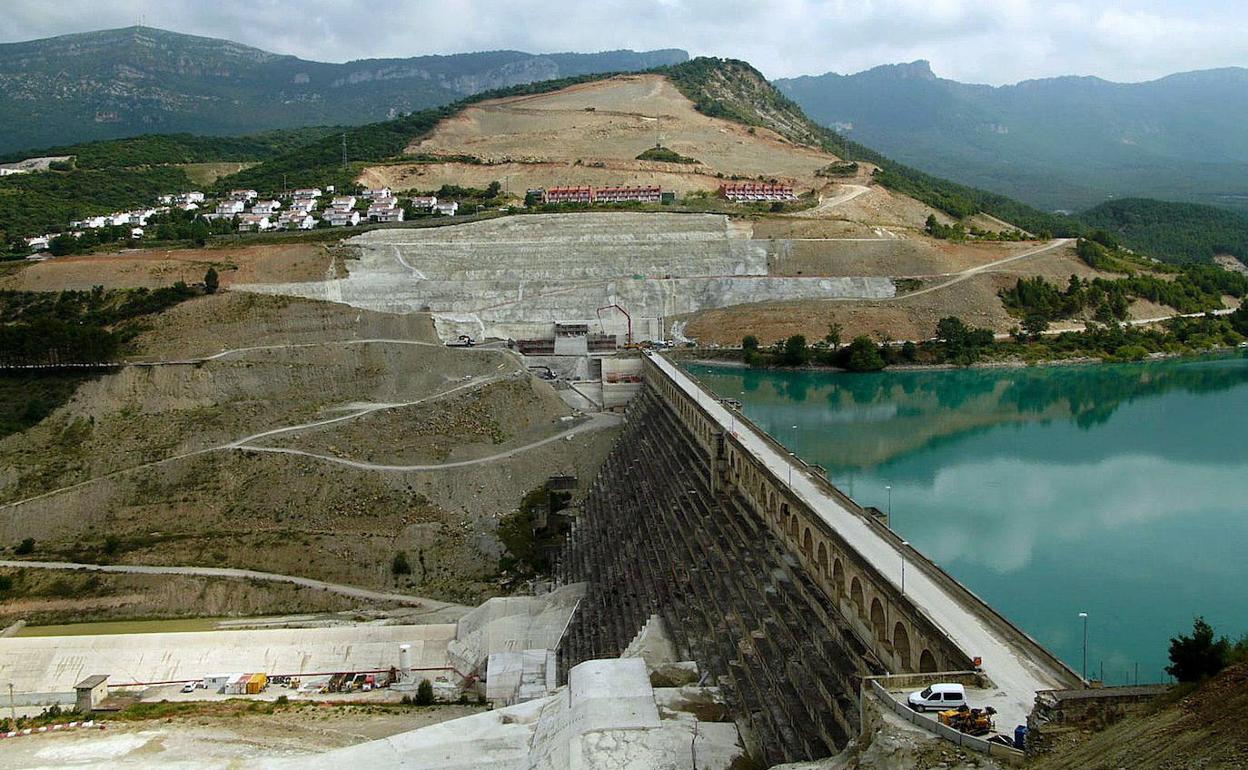
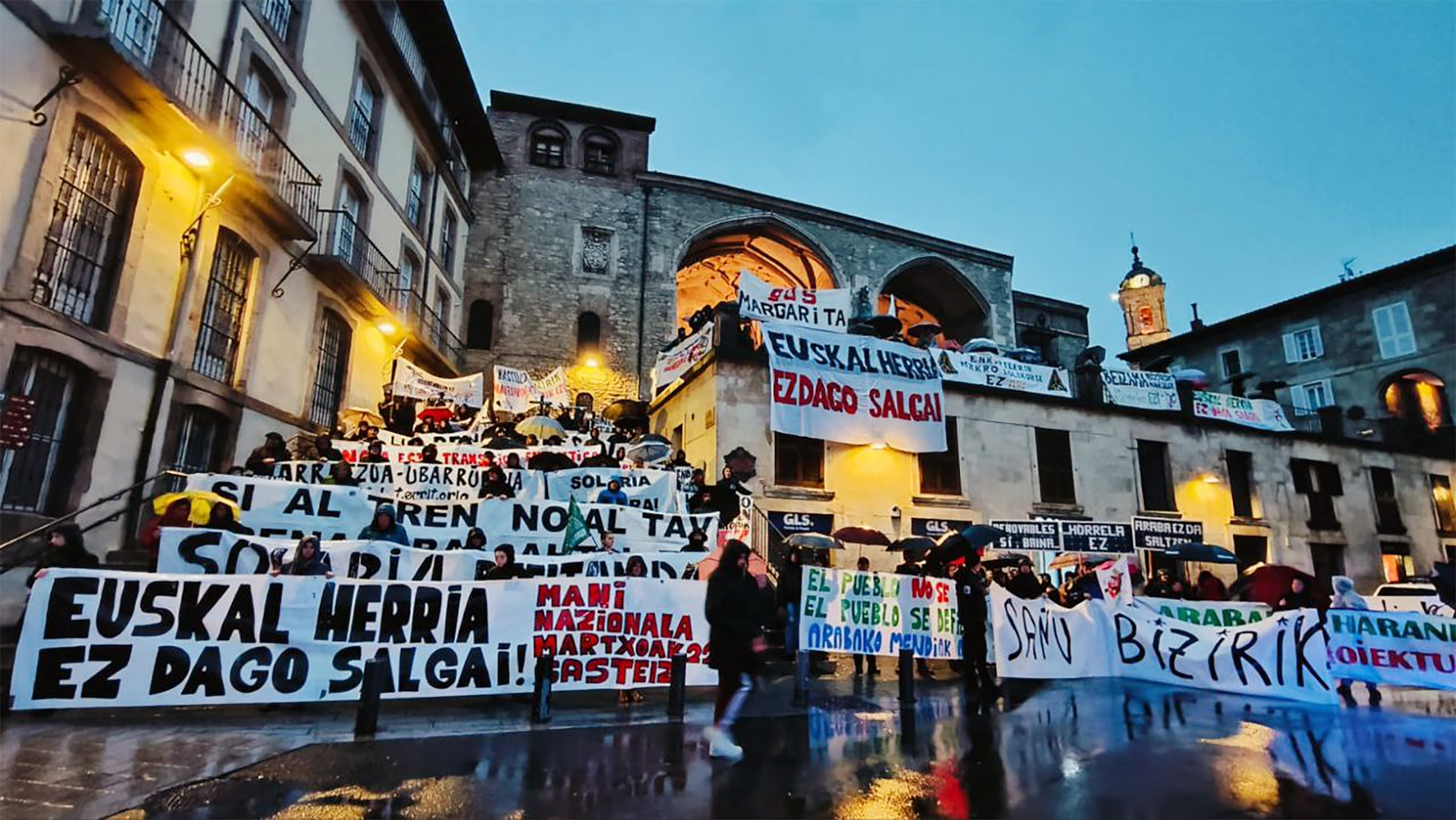

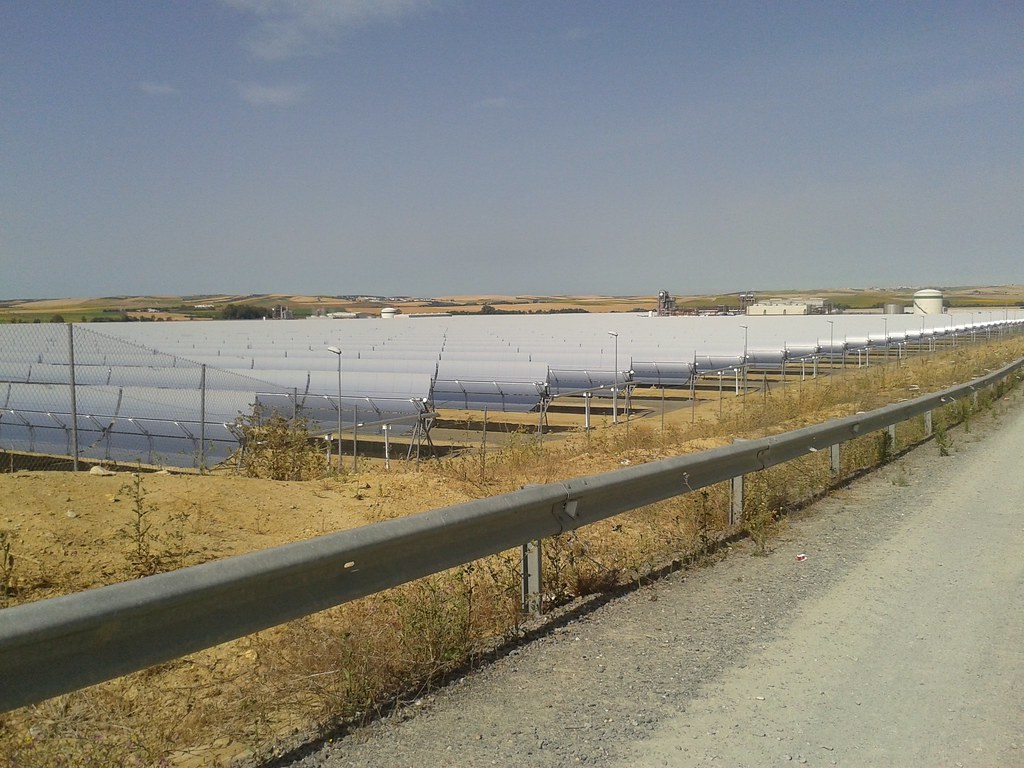
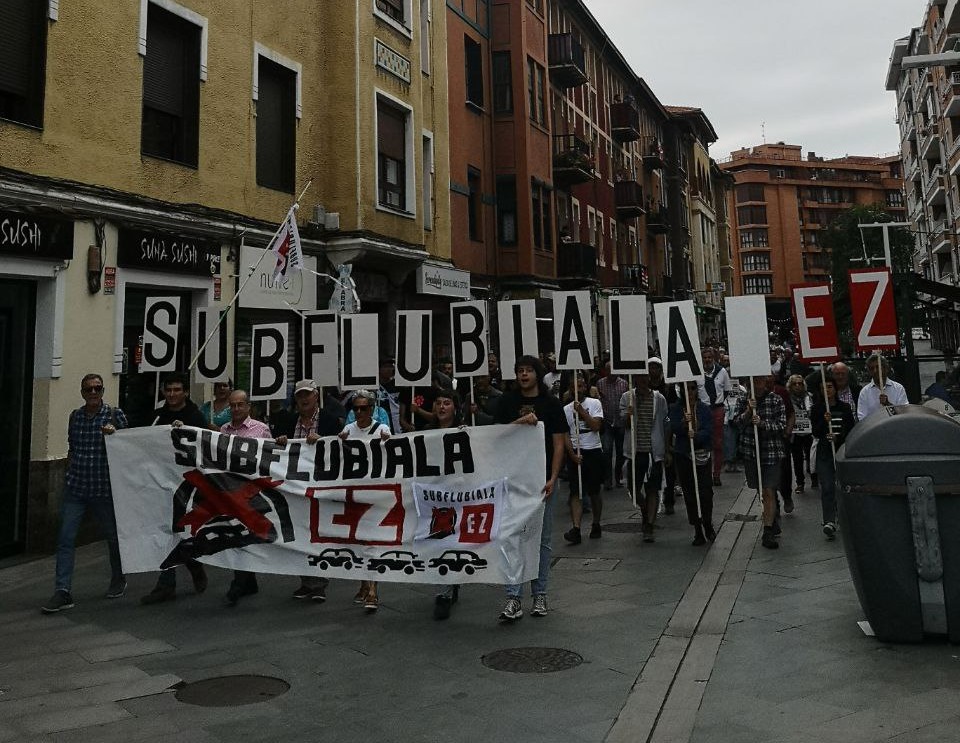
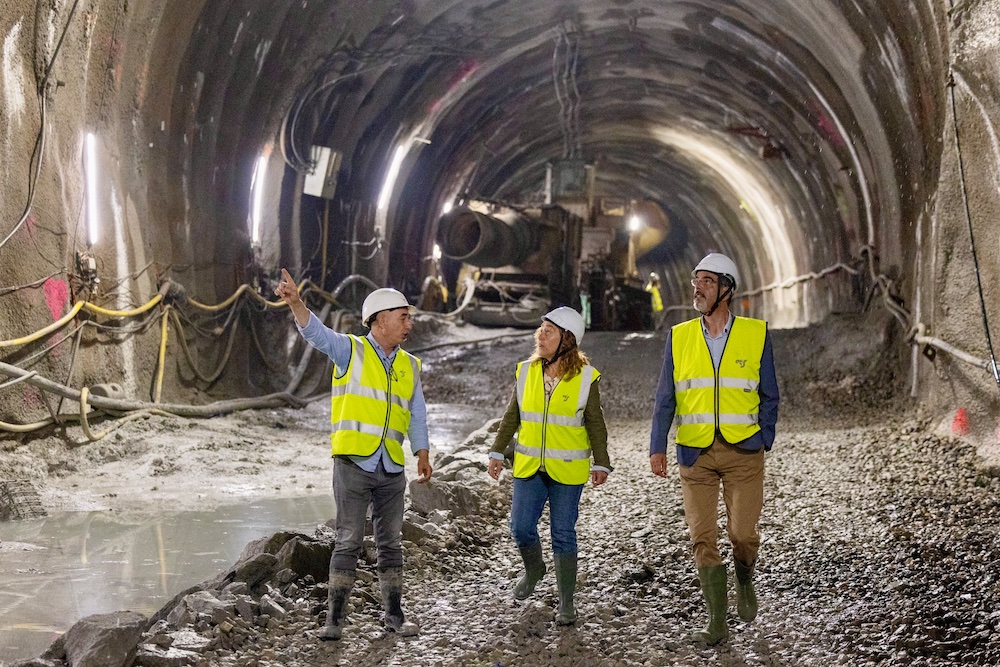

.jpg)

